Legacy of Courage: Unsung Chinese heroes in Philippine history
By Grace Estanislao Castillo & Clarissa Sultan Mediavillo
(In marking its 70th anniversary this March 2024 as a national business and philanthropic federation seeking to promote social progress, sustainable and inclusive economic growth, and high moral ideals, the Federation of Filipino Chinese Chambers of Commerce and Industry, Inc. or FFCCCII has commissioned this special research and article to highlight selfless heroism and integrity)
In the annals of Philippine history of so much colonial conquests and oppression by different countries, various Chinese and also Chinese mestizo individuals were unsung heroes, who fearlessly fought and resisted the Spanish, American, and Japanese colonizers. Their remarkable and often forgotten stories are an inspiring narrative of resilience, defiance, and personal sacrifices in the quest for freedom.
Let us remember and honor them, some of whom are listed here:
P’an Ho Wu: Defiant Captain Against Colonial Oppression
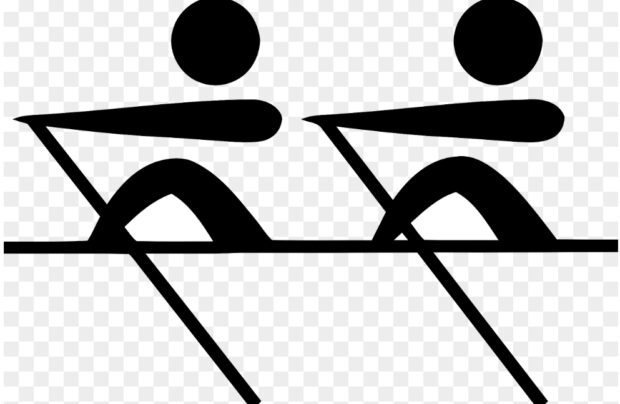
Pan Ho Wu led 250 Chinese rowers who revolted against Spanish oppression and killed the Governor General in the year 1593
In 1593, P’an Ho Wu, captain of over 250 Chinese galley rowers, led an amazing revolt against Spanish Governor General Luis Perez de Dasmariñas. This uprising, born of the harsh realities faced by migrant Chinese, exemplified the struggle against prejudice and subsequent tragic retaliatory massacres endured by the persecuted ethnic Chinese minority during the 300 years of Spanish colonial misrule.
General Jose Ignacio Paua: Immigrant to Brave Revolutionary Hero
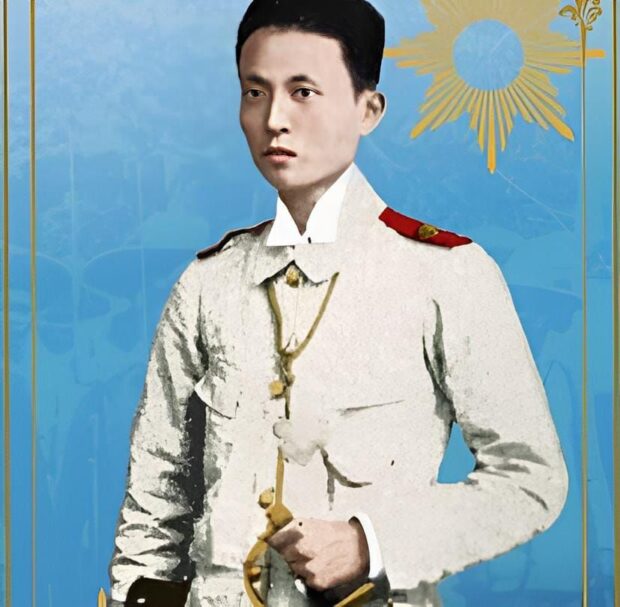
General Jose Ignacio Paua, Chinese immigrant blacksmith who became a hero of the Philippine Revolution against Spanish and American colonizers
A first-generation Chinese immigrant from the rural county of Nan-An (pronounced as “Lamoa” in Hokkien), Quanzhou City, Fujian province, General Jose Ignacio Paua emerged as a stalwart leader in the fight against Spanish and American colonizers.
His strategic brilliance, courage, and commitment to liberation became a beacon of inspiration, as he valiantly fought in the forefront of battlefields, fabricated weapons, and raised big financial support from Chinese traders in various regions of the Philippines.
Roman Tanbesiang Ongpin: Entrepreneur Defying Conformity
Roman Ongpin, a symbol of resistance, defied oppression by Spanish and American colonizers, and generously financed Filipino revolutionaries.
Son of an immigrant self-made entrepreneur from the rural county of Jinjiang (pronounced “Chingkang” in Hokkien), Quanzhou City, Fujian province, his story echoes the struggles faced by many highly-educated and affluent yet still discriminated Chinese mestizos during the tumultuous colonial period.
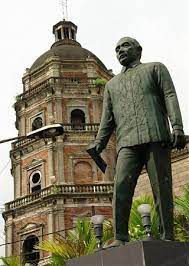
Monument of anti-colonial patriot Roman Ongpin, built near Binondo Church in Manila
Ongpin risked his safety and high socio-economic status to support the fight for Philippine freedom.
General Vicente Lim: Warrior for Liberation
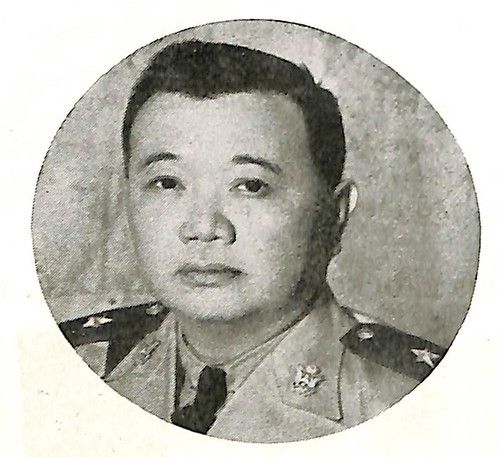
General Vicente Lim courageously fought Japanese military invaders and was executed
General Vicente Lim’s defiant resistance during the Japanese military occupation solidified his legacy as a warrior hero for Philippine liberation.
A martyr, his military prowess and leadership during the Battle of Japan and in the Filipino resistance movement inspired others in the fight for freedom during the dark years of World War II.
The multi-awarded General Vicente Lim was executed by the Japanese military at the Manila Chinese Cemetery when he was aged 56.
Wenceslao “Bintao” Vinzons: Chinese Mestizo Statesman & WWII Guerrilla Leader
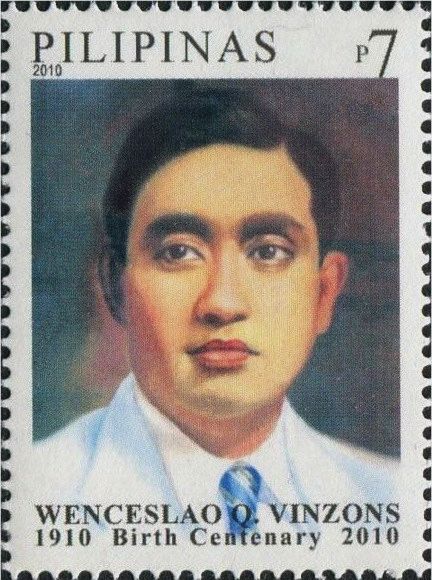
Monument of anti-colonial patriot Roman Ongpin, built near Binondo Church in Manila
The patriotic statesman hailed as “the Father of Student Activism in the Philippines,” brilliant youngest delegate to the 1935 Philippine Constitutional Convention and Camarines Norte Governor Wenceslao Vinzons was a Chinese mestizo whose Chinese family name was “Sia.” As a student activist leader, the founded the “Young Philippines” political party which campaigned for the granting of Philippine independence from American rule.
His paternal grandfather Serafin Vinzons (Chinese name “Sia Hui Tam”) was editor of Manila’s anti-Qing Dynasty revolutionary Chinese-language newspaper “Kong Li Po” and his father was Gabino Vinzons (Chinese name “Sia Din Long”).
Vinzons stood at the forefront of the fight against Japanese military forces who invaded and occupied the Philippines. His unwavering commitment to justice and freedom was legendary.
He led a guerrilla force in the Bicol region that killed 3,000 Japanese soldiers, but he was eventually betrayed, captured and executed at only age of 31 along with his five family members (his father, wife, sister, and two children).
Chinese WWII Martyrs & Guerrillas: Silent Heroes
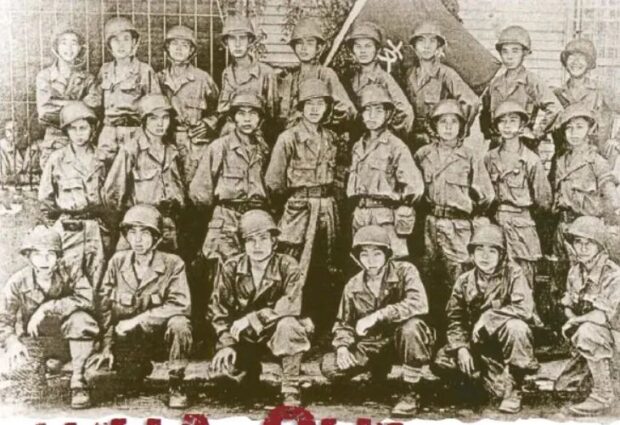
Young Filipino Chinese guerrillas of the Wa Chi squadron who fought the Japanese military invaders in the Philippines
Despite not yet being granted Filipino citizenship, the members of the ethnic Chinese minority had various Chinese martyrs and guerrillas of World War II who had fought gallantly alongside Filipinos.
These Chinese resistance partisans and guerrillas exhibited extraordinary courage and resilience. Among the Filipino Chinese guerrillas included the Xue Gan Tuan (also romanized as “Hsue Kan Tuan”, pronounced “Hiat Kan Tuan” in Hokkien, meaning “Heroic Blood Brigade”), 48th Squadron also known as the Wa Chi, etc. Their contributions to the Philippine struggle for freedom are often forgotten or overshadowed.
These were just some names and groups, many more remain nameless and unrecognized.
In paying homage to the memory of these Chinese freedom fighters, we hope to help rectify the lack of acknowledgments of their heroism and uphold historical accuracy.
Their legacies are a testament to the enduring spirit of courage and resistance against colonial oppression and injustices, which should inspire generations to come to uphold moral courage, integrity, and social idealism.
ADVT